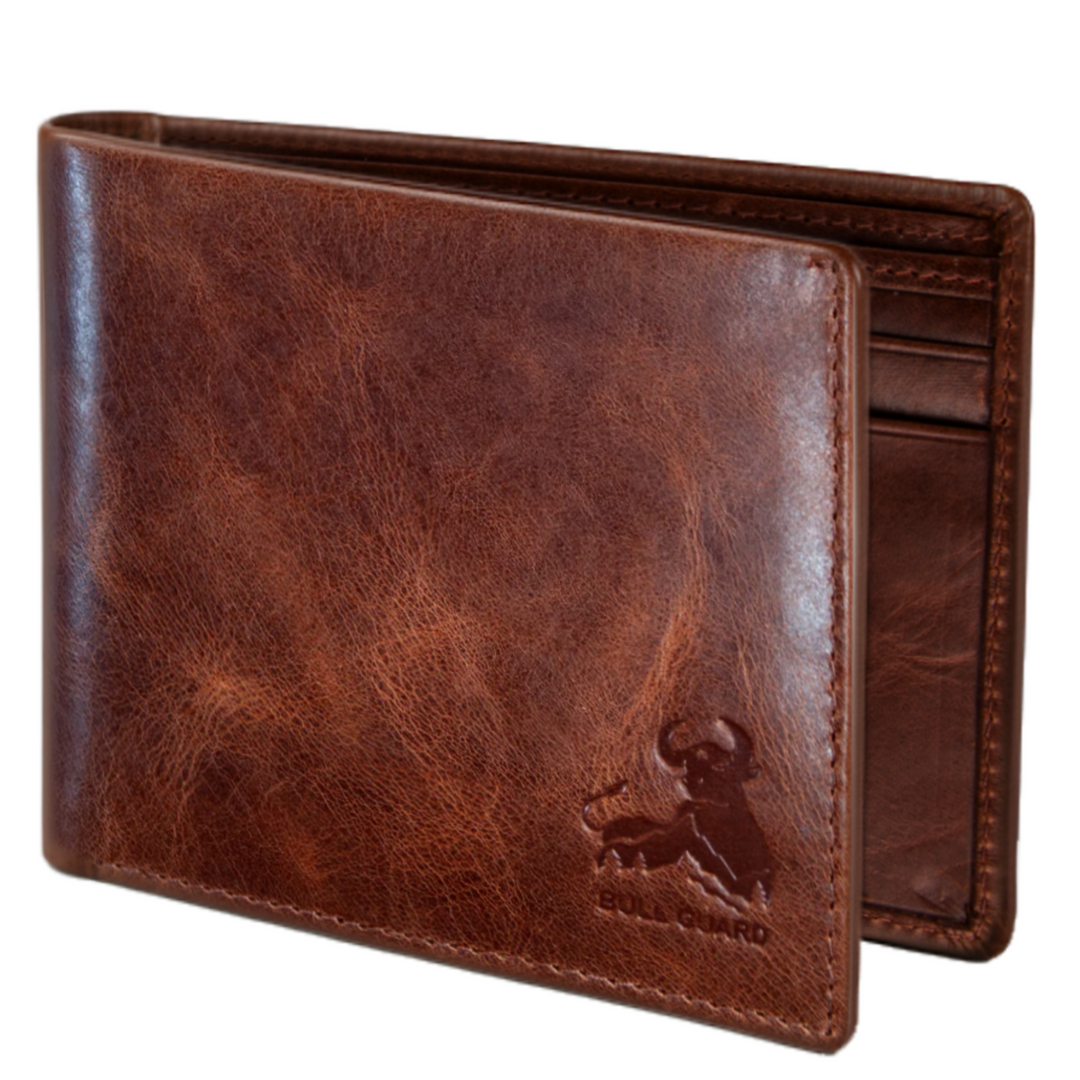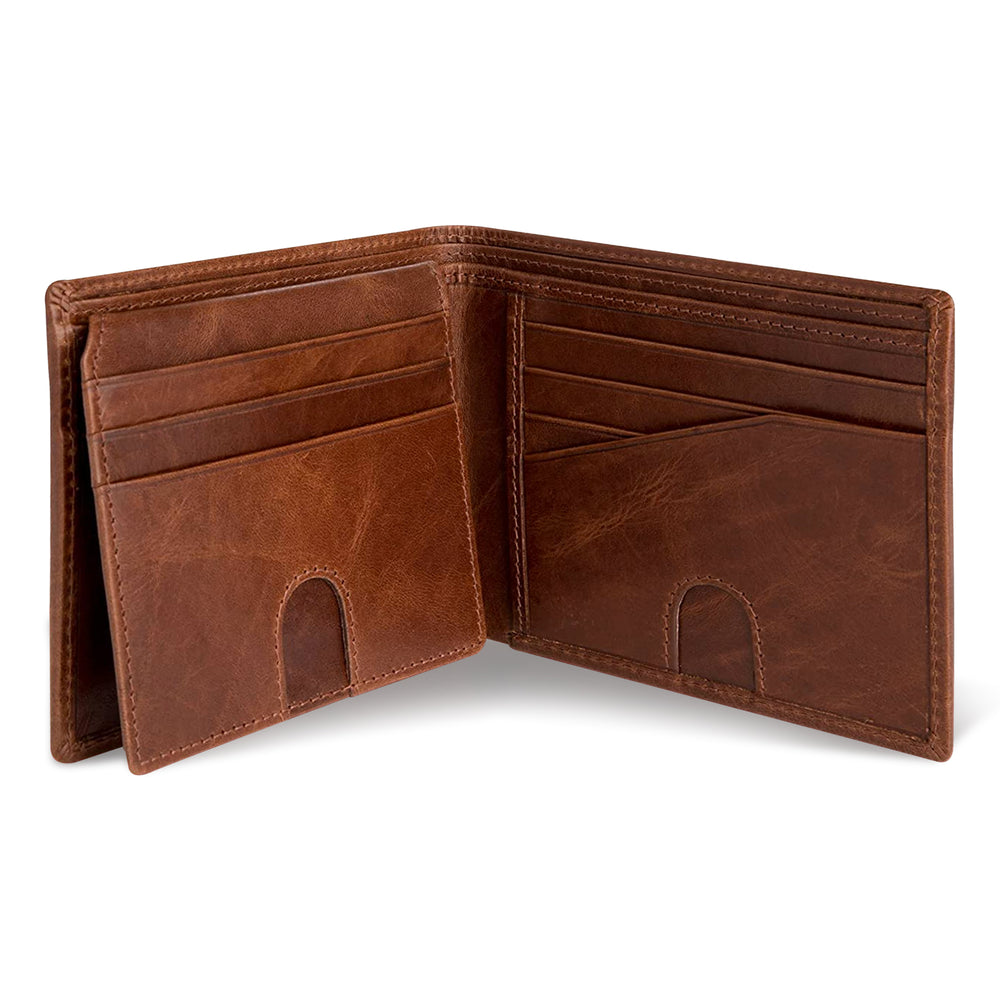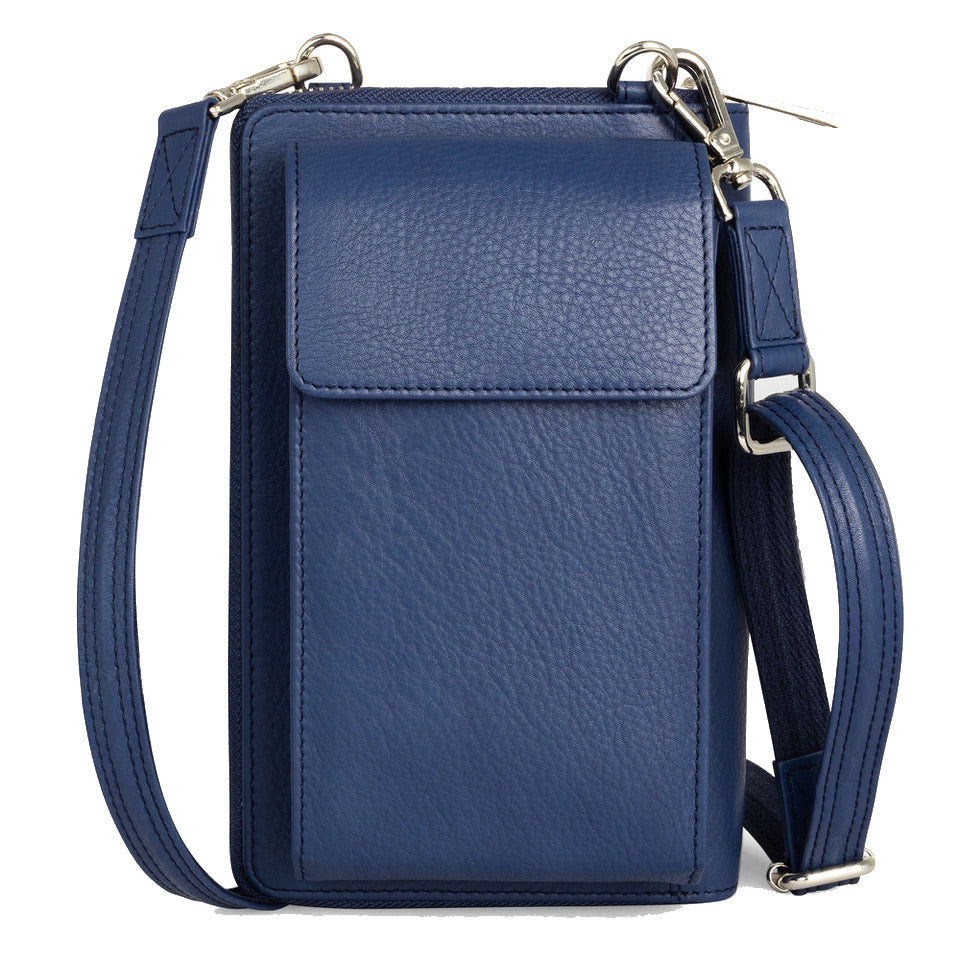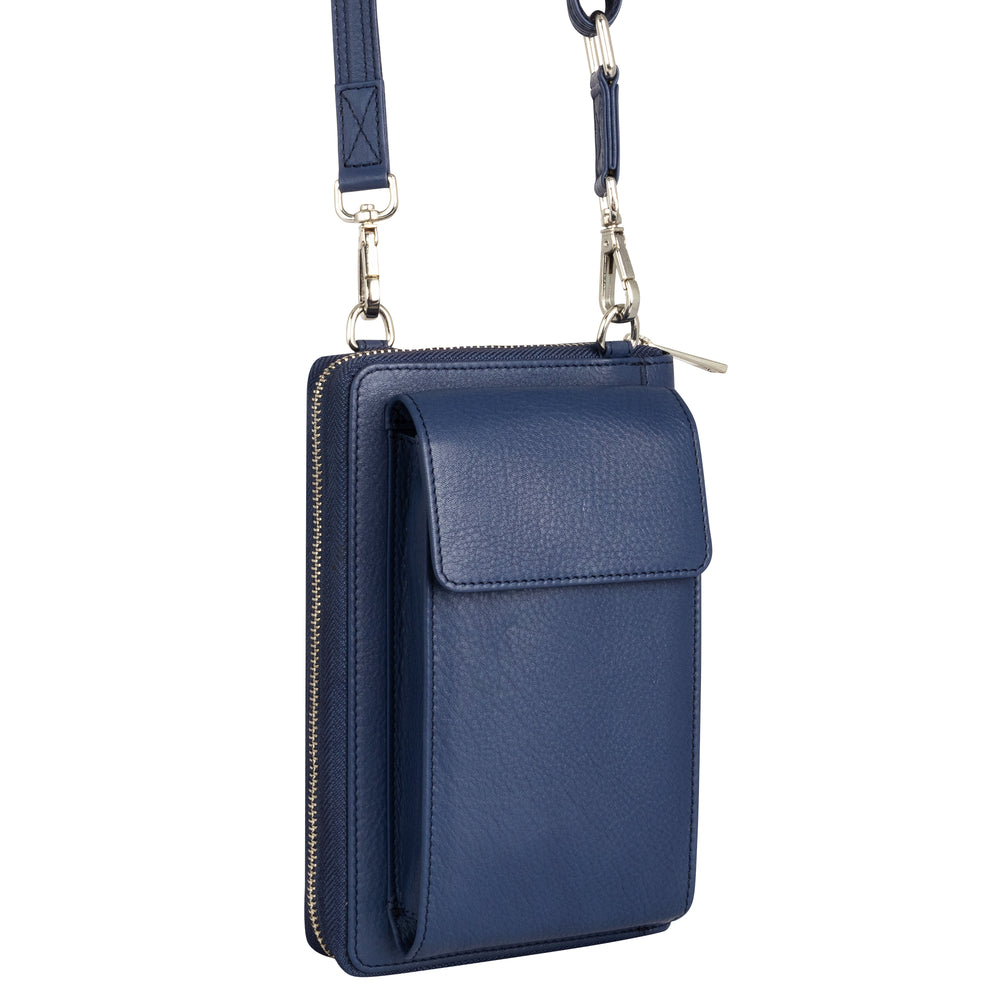Key Takeaways
- Bag checker systems have transformed luggage handling by offering smart, comprehensive solutions.
- These systems include self-service kiosks and mobile tracking apps for real-time updates.
- They provide security and location information to reduce uncertainty during travel.
- Understanding bag checker technology helps travelers manage their luggage with ease.
- Bag checker systems enhance confidence and streamline the travel experience.
Bag Checker Systems: Your Complete Travel Companion
Modern travel demands smart solutions, and bag checker systems have revolutionized how we handle luggage from departure to destination. These comprehensive systems, ranging from self-service kiosks to mobile tracking apps, eliminate the guesswork from baggage handling while providing real-time security and location updates. Whether you're navigating airport terminals or preparing for extended travel, understanding bag checker technology transforms stressful luggage management into streamlined confidence.
Just as Bull Guard Premium Leather Wallets integrate RFID protection to secure your essential cards and documents during travel, effective bag checker systems create multiple layers of security and tracking for your larger belongings. The right combination of technology and preparation ensures your journey begins and ends exactly as planned.
For travelers seeking to keep their essentials safe and organized, the Airtag Leather Card Holder Wallet for Men offers a smart way to track your valuables, while the Crossbody Wallet Purse, XtraRoom provides hands-free convenience and RFID protection for documents and cards on the go.
What Is a Bag Checker? The Modern Traveler's Essential Tool

Today's bag checker systems operate on three core functions: verification (confirming size, weight, and contents comply with regulations), identification (attaching trackable tags with unique codes), and monitoring (providing real-time location updates through connected networks). Airport self-service kiosks represent the most common form, allowing travelers to print tags, scan boarding passes, and drop bags within minutes.
Advanced bag checker technology now includes mobile apps that sync with airline databases, enabling pre-travel verification and post-departure tracking. Some systems integrate with personal tracking devices like AirTags, creating redundant location monitoring that significantly reduces the 0.4% industry rate of mishandled baggage reported by IATA in 2024.
Carry-On, Checked Bag, or Personal Item? Strategic Luggage Decisions
Understanding luggage categories directly impacts your bag checker experience and travel costs. Carry-on bags (typically 22" x 14" x 9" for major U.S. airlines) accompany you in the cabin, while checked bags travel in cargo holds with size limits around 62 linear inches and weight restrictions of 50 pounds for standard domestic flights.
| Bag Type | Max Dimensions | Weight Limit | Typical Fee | Security Access |
|---|---|---|---|---|
| Personal Item | 18" x 14" x 8" | No limit | Free | Always with you |
| Carry-On | 22" x 14" x 9" | No limit | $0-$60 | Overhead bin access |
| Checked Bag | 62 linear inches | 50 lbs | $30-$150 | Claim at destination |
Personal items like Bull Guard's crossbody leather purses fit perfectly under seats, keeping essential documents, cards, and devices immediately accessible while larger bags undergo checking procedures. This strategic layering ensures critical items remain secure regardless of checked baggage delays or complications.
For more tips on choosing the right travel accessories, explore the best small crossbody cell phone wallets for summer travel and everyday ease.
How Bag Checker Systems Work, From Kiosk to Baggage Claim
Modern bag checker workflows begin before airport arrival through online check-in systems that generate unique bag tags and QR codes. At the terminal, self-service kiosks scan boarding passes, weigh luggage, and print adhesive tags containing RFID chips and barcode identifiers that track your bag through every checkpoint.
The physical process follows this sequence: bag weighing and measurement → tag attachment → security screening → conveyor transport → aircraft loading → destination sorting → baggage claim delivery. Each transition point scans your bag's identifier, updating airline databases and mobile apps with real-time location data.
Pro Tip: Arrive 90 minutes early for domestic flights, 3 hours for international travel. Bag checker kiosks typically close 45-60 minutes before departure, but staffed counters may accommodate last-minute check-ins with additional fees.
For a deeper dive into how different types of bags and satchels can affect your travel experience, check out this guide on satchels and bags.
Smart Bag Tagging & Tracking, Technology That Follows Your Journey

Contemporary bag checker systems utilize multi-layered identification combining traditional paper tags, RFID chips, and personal tracking devices. RFID technology enables contactless scanning at security checkpoints, while QR codes provide backup identification when wireless systems encounter interference.
Personal tracking integration represents the newest advancement, with travelers adding AirTags or similar devices to checked luggage. Just as Bull Guard wallets feature dedicated AirTag compartments for wallet tracking, smart travelers create redundant location systems that function independently of airline networks. This dual-tracking approach proves invaluable when airline systems experience delays or technical issues.
When attaching tags, ensure placement on exterior handles or loops where scanners easily detect codes. Verify all printed information matches your boarding pass details, as mismatched data causes the majority of tracking failures reported by baggage handlers.
For those who want a slim, versatile option for travel, the Bifold Slim with or without Airtag is an excellent choice for keeping cards and IDs secure and easily accessible.
Bag Checker Service Comparison, Technology, Speed, and User Experience
Airport bag checker solutions vary dramatically in processing speed, error rates, and user accessibility. Self-service kiosks average 3-5 minutes per transaction and handle 85% of standard domestic check-ins, while staffed counters accommodate complex itineraries, oversized luggage, and special assistance needs that automated systems cannot process.
| Service Type | Processing Time | Best For | Availability | Error Resolution |
|---|---|---|---|---|
| Self-Service Kiosks | 3-5 minutes | Standard bags, tech-comfortable travelers | 24/7 at major airports | Limited to system restart |
| Staffed Counters | 5-10 minutes | Complex routes, special needs, oversized items | Operating hours only | Immediate human intervention |
| Mobile App Pre-Check | 1-2 minutes | Frequent travelers, carry-on only | Continuous | Customer service integration |
| Curbside Service | 2-4 minutes | Premium passengers, mobility assistance | Limited airports/hours | Direct agent support |
According to IATA's 2024 baggage report, airports using hybrid systems, combining automated kiosks with strategic human oversight, achieve 96.8% successful first-time processing rates compared to 89.2% for purely automated systems. The key differentiator lies in real-time problem resolution when bag dimensions, weight, or documentation issues arise.
For more on how international baggage screening is evolving, see this innovative international remote baggage screening initiative from U.S. Customs and Border Protection.
Bag Not Where It Should Be? Lost Luggage Recovery Protocol
When bag checker systems fail and luggage goes missing, immediate action significantly improves recovery odds. File a baggage claim report at the airline's desk before leaving the airport, this creates an official tracking case number that activates search protocols across the airline's network and partner carriers.
- Locate airline baggage service office (usually near baggage claim)
- Present boarding pass and bag claim ticket
- Provide detailed bag description and contents list
- Request written claim receipt with case number
- Download airline's mobile app for status updates
Airlines typically locate 95% of delayed bags within 48 hours, with most reunited within 24 hours according to industry tracking data. Compensation varies by airline and delay duration, ranging from $50-100 daily allowances for essential items to full replacement value for permanently lost luggage. Maintaining detailed packing lists and photos of bag contents expedites claim processing and ensures accurate compensation calculations.
Prevention strategies prove more effective than recovery protocols. Using distinctive luggage colors, attaching multiple identification tags, and carrying essential items in personal bags like Bull Guard's crossbody purses eliminates dependency on checked baggage for critical travel documents and daily necessities.
To discover more about keeping your valuables safe, explore our 2 ID Leather Wallet for secure travel and easy identification.
Real-World Applications & Expert Travel Strategies

Business travelers benefit most from mobile app pre-check systems combined with carry-on strategies, minimizing airport time while maintaining professional appearance standards. Family groups with multiple bags require staffed counter assistance for coordinating connections and managing child-specific items that automated bag checker systems often flag incorrectly.
International travel demands additional documentation verification that self-service kiosks cannot validate, making staffed counters essential for customs declarations and restricted item guidance. Sports equipment and musical instruments require specialized handling protocols that only trained agents can properly execute and document.
Pro Strategy: Combine personal tracking devices with traditional bag tags for redundant location monitoring. Place AirTags in interior pockets rather than exterior attachments to prevent removal during handling. Just as Bull Guard wallets integrate AirTag compartments for secure tracking, smart luggage preparation creates multiple recovery options when primary systems fail.
Urban commuters using train and bus systems benefit from simplified bag checker protocols that focus on size compliance rather than security screening, enabling faster boarding and reduced connection anxiety. Concert and event venues increasingly implement bag checker systems that prioritize prohibited item screening over tracking, requiring different preparation strategies than traditional travel scenarios.
For more travel tips and resources, visit our resource center for guides and expert advice.
Essential Bag Checker Questions Answered
How many bags can I check per person? Most airlines allow 1-2 checked bags per passenger, with additional bags incurring fees ranging from $75-200. Weight limits typically cap at 50 pounds for standard service, 70 pounds for premium tiers.
What items are prohibited in checked luggage? Lithium batteries, flammable liquids, firearms without proper declaration, and pressurized containers cannot be checked. Electronics under $1,000 value generally travel safely in checked bags with proper padding.
When should I arrive for bag checker processing? Domestic flights require 90 minutes minimum, international flights need 3 hours for complex documentation and security screening. Peak travel periods demand additional 30-60 minutes buffer time.
Are bag checker fees refundable if my flight is cancelled? Yes, baggage fees are fully refundable for airline-initiated cancellations. Passenger-initiated changes may forfeit bag fees depending on fare type and timing.
Can I track my checked bag in real-time? Major airlines provide tracking through mobile apps showing scan points from check-in through baggage claim. Third-party trackers like AirTags offer additional location monitoring independent of airline systems.
For a comprehensive travel checklist and security screening tips, refer to the official TSA travel checklist.
The Verdict: Choosing Your Optimal Bag Checker Strategy
Modern bag checker systems excel when travelers match their approach to trip complexity and personal preferences. Self-service kiosks handle 85% of standard domestic travel efficiently, while international journeys and special circumstances benefit from human expertise at staffed counters.
The most successful travelers employ hybrid strategies: mobile pre-check for routine trips, staffed assistance for complex itineraries, and personal organization systems that reduce dependency on checked luggage entirely. Smart accessories like Bull Guard's RFID-blocking crossbody purses eliminate the need to check essential items, keeping documents, cards, and daily necessities secure and accessible throughout travel.
The evolution toward fully automated bag checker systems continues accelerating, with pilot programs testing robotic bag handling and blockchain-based tracking. However, the fundamental principles remain constant: proper preparation, redundant identification systems, and strategic packing decisions determine travel success regardless of technological advancement.
Whether navigating airport terminals or urban transit systems, effective bag management starts with understanding available checker options and selecting tools that complement your travel style. The investment in quality organizational accessories and systematic preparation consistently outperforms reactive problem-solving when luggage issues arise.
For those who want a stylish and practical option for daily use and travel, the Extended Slim Wallet offers both elegance and security for your essentials.
Frequently Asked Questions
How do bag checker systems use RFID and GPS technology to improve luggage tracking and security?
Bag checker systems use RFID tags to provide instant identification and tracking of luggage as it moves through airports, while GPS technology offers real-time location updates during transit. This combination enhances security by reducing lost baggage incidents and allows travelers to monitor their bags throughout their journey with greater confidence.
What are the main differences between carry-on, checked bags, and personal items in relation to bag checker processes?
Carry-on bags and personal items typically remain with the traveler and require less formal bag checking, while checked bags undergo verification, tagging, and scanning through bag checker systems. Checked luggage is tracked more extensively using RFID and barcode scanning to ensure it reaches the correct destination, whereas carry-ons and personal items rely more on the traveler’s direct control.
How do self-service kiosks and mobile tracking apps work together to streamline the baggage handling experience?
Self-service kiosks allow travelers to tag and check their bags quickly and independently, reducing wait times and errors. Mobile tracking apps then provide real-time updates and notifications about the bag’s location and status, creating a seamless and transparent experience from check-in to baggage claim.
What steps should travelers take if their bag is not where it should be according to the bag checker system?
Travelers should first use the bag checker app or system to confirm the last known location of their luggage. Then, they should report the issue immediately to the airline’s baggage service desk or use the app’s lost luggage recovery features to initiate a search and receive updates until the bag is found or delivered.










